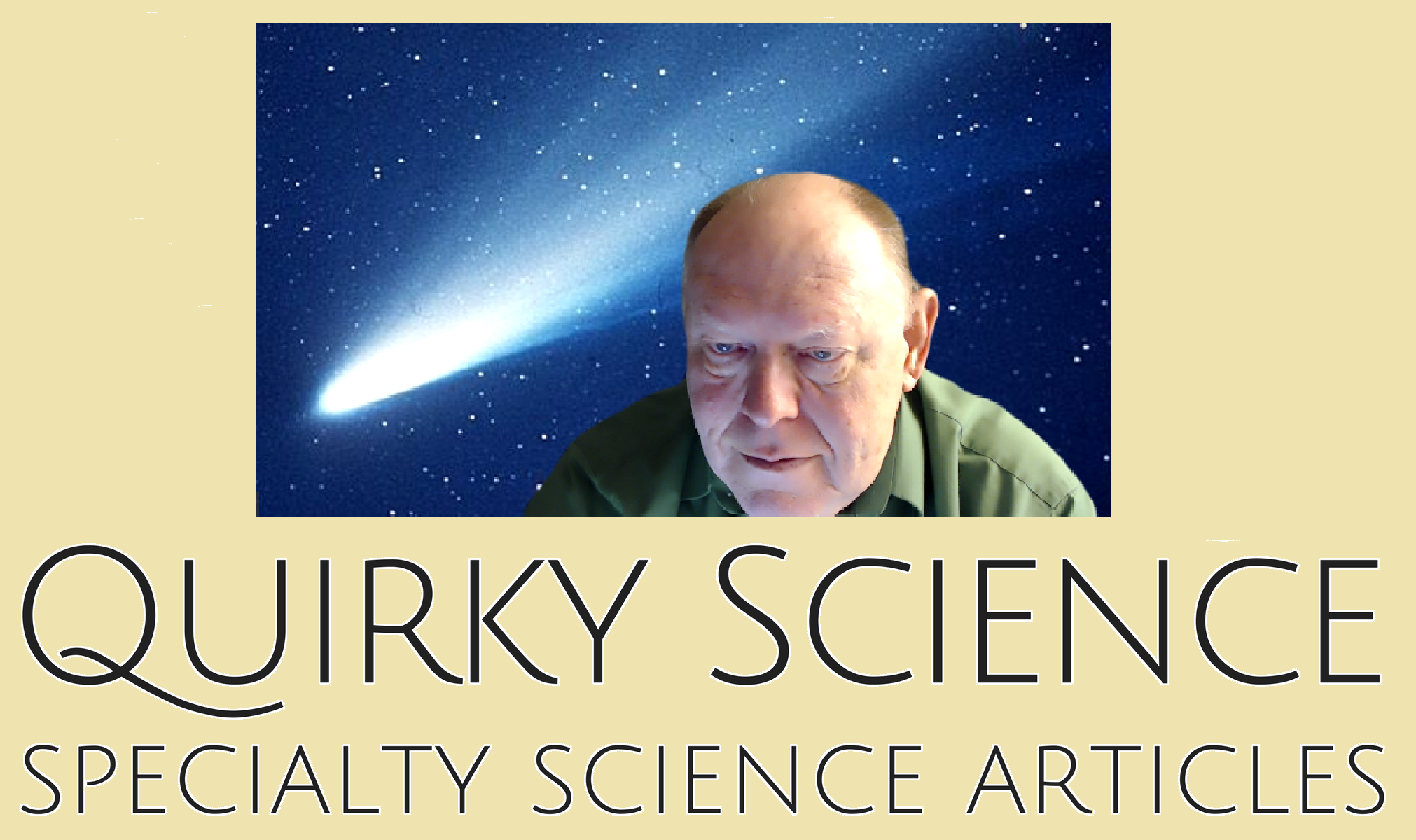Organic Chemistry and Life: Has Vitalism Been Born Again?
[caption id="attachment_23607" align="alignright" width="480"] Pillars of Creation[/caption] The phrase ‘organic compound’ relates to the word organism, closely associated with life and life processes. Organic compounds largely consist of carbon atoms linked in chains or rings that contain hydrogen and frequently one or more other atoms called hetero atoms – notably oxygen, nitrogen, sulfur, and phosphorus. Inorganic compounds are everything else – for example, nickel chloride, ammonium nitrate, carbon dioxide, and phosphorus pentoxide. It is important to recognize that there are a relative handful of organic compounds that do not contain carbon chains or rings, but result from life processes, including for example, urea, NH2-CO-NH2.. During the 1800s, scientists widely believed organic compounds could not be generated in the laboratory. However, in the year 1828, chemist Friedrich Wöhler converted inorganic ammonium…
